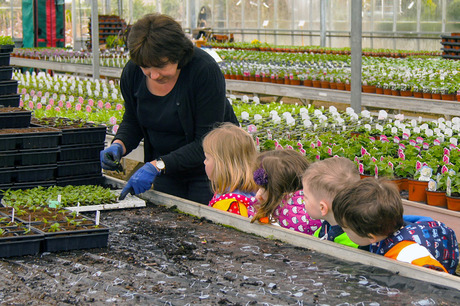Mary Llewellin has advice on February tasks for the fruit and vegetable garden

The February garden is often still deep in frost, but this year has generally been so wet and mild that normal rules don’t necessarily apply. We had daffodils before Christmas in some parts of the West, where Snapdragons is based!
If you too have been deluged, then tread lightly in the garden to avoid tramping down your soil. There remains a risk of frost and the soil needs to warm up before any outdoor planting begins, but there are still jobs to be done.
Garden duty
- If you are thinking of trying your hand at fruit, now is the time to plant fruit trees, bushes, canes and vines, as long as the soil is not frozen. Check the root stock of fruit trees to make sure they are a suitable size for your plot.
- Prune established fruit trees and raspberry canes.
- If you have a greenhouse, wash it down with warm, soapy water.
- Cut back buddleia to encourage a good flowering season for luring bees and butterflies.
- Chit seed potatoes. Look for ‘early’ varieties if you have a small plot – these encounter fewer pest problems too. Having said that, at Snapdragons Keynsham, we simply keep back some of the potatoes from the vegetable box and take our chances! Chitting is the process of encouraging potatoes to sprout, so we can probably all claim to have done it with a lost potato in the fridge! A bit like eggs, potatoes have a more rounded, blunter end, and this is where the ’eyes’ are, which you want to sprout. Stand the potatoes with the rounded end up in old egg trays and leave them on a window sill. They’ll be ready to plant when the shoots are about 2cm long, which should take six weeks.
- Take a trip to the garden centre and get the children to help you choose what to grow, bearing in mind the space you have available. Peas, beans, tomatoes, courgettes and lettuces are great for the smaller space.
- Sow tomato and cucumber seeds in trays for your greenhouse or windowsills.
- Broad beans, carrots, parsnips, beetroot, onions, lettuces, spinach and early cabbages can now be sown outside, especially if you can cover them with cloches.
- Peas can be planted in lengths of guttering with drainage holes drilled, but should be in a greenhouse.
- Keep tidying old vegetation to eliminate hiding places for slugs and snails.










